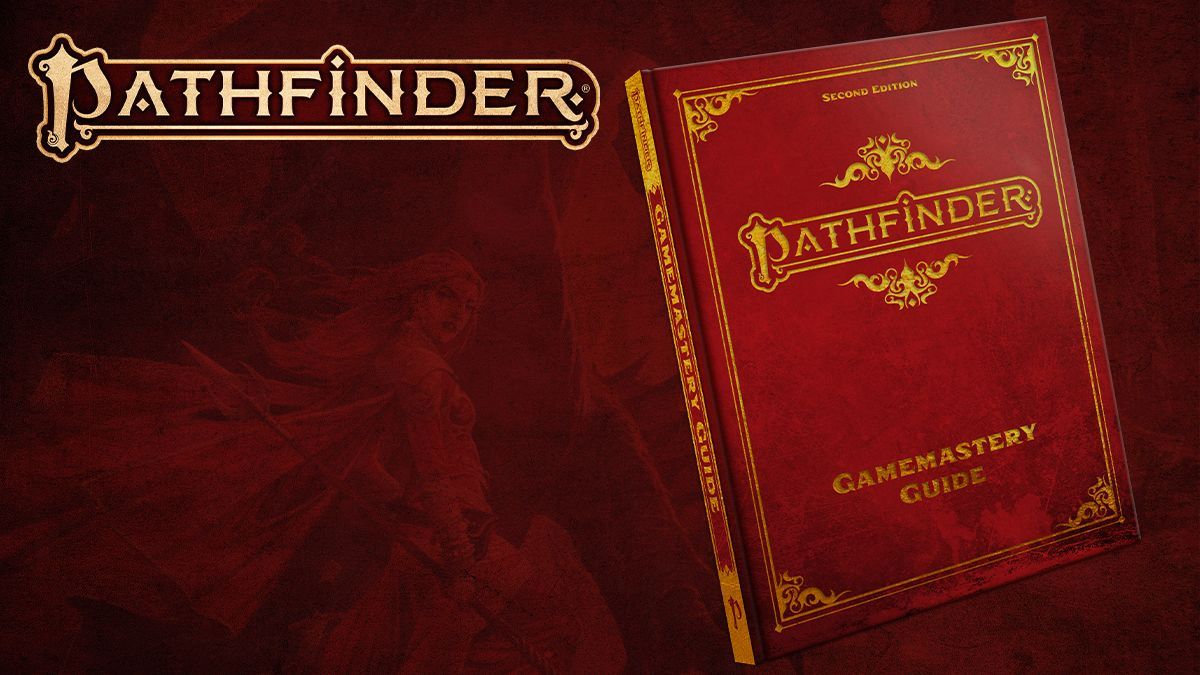Stuck at home and need tips to run your Pathfinder Second Edition game? Check out the Major Spoilers Review of the Gamemastery Guide by Paizo!
PATHFINDER GAMEMASTERY GUIDE SECOND EDITION
Writer: Logan Bonner and Mark Seifter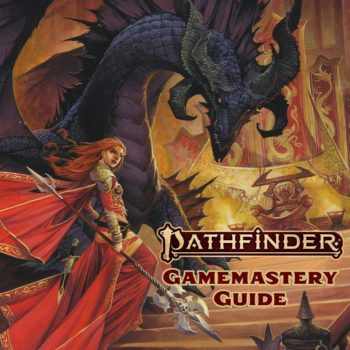
Publisher: Paizo
Cover Price: Hardcover $49.99, PDF $14.99
Release Date: March 10, 2020
In August of 2019, Paizo launched the second edition of the Pathfinder Roleplaying Game. When second edition came out, it featured innovative mechanics that challenged ideas that were standard for this style of game. 2020 promises a great year of content from Paizo that starts with this book here.
TRADITIONAL GAME WITH NEW TWISTS
I work as a game master full time and I have yet to find a system that had exactly what I wanted. I was hesitant with Pathfinder Second Edition when it came out because I was afraid it was going to be similar to Pathfinder 1e or D&D 5e. When I received their first book and bestiary, I immediately knew that the system was going to be a strong one. It exceeded my expectations and really filled in details that I love to include in my game. However, it was still missing some aspects and rules. The Gamemastery Guide really fills in those mechanics that I wanted to run my games.
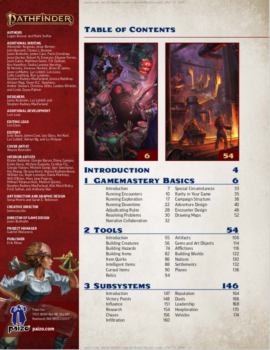
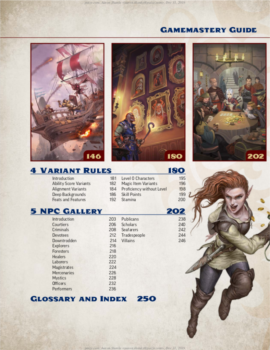
The book features five unique chapters within this 255-page book. Whenever I pick up a rules book, I always want to look at the introduction to see what I should expect out of the rules and what the goal of the book is going to be. The authors refer to this book as a bag of tools and these tools can be used in your game if you deem it important. I will not be going over every single section of this book but I’ll go ahead and show some highlights that I enjoyed.
TOOL BOX
In Chapter 1, I found it incredibly helpful that they mention the pace of the game and they give you a set of rules that will help keep players engaged. If you can keep players engaged then your gaming experience is going to be more enjoyable. Additionally, they include a major section of narrative collaboration. I really enjoy the idea of creating a game together as a group and the players being writers in the story rather than the audience to the Game Master.I specialize my style in collaboration and am grateful for a well thought out section about this topic.
Chapter 2 features the tools that the introduction emphasised. I can only describe this section as tools that help you be concise with your broad ideas. How can you make something as complicated as religion and theology into something that is easy to digest for players. Nations are complex things but they must have simple designs for the players to quickly understand. I found the Nation Statblock to be fairly intriguing which includes things like religion, exports, importants, and threats in what is a half page descriptor that the GM can draw upon if needed. Great tools here to make a GM job easier and could in fact be a great way to approach world building for other narrative pursuits.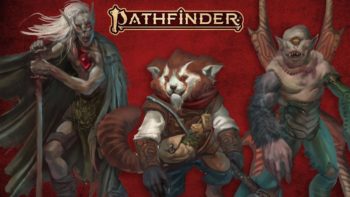
UNIQUE RULES
Chapter 3 and Chapter 4 provide you with subsystem rules and variant rules that you may include in your game. If you are in a library then it provides some rules on research so it streamlines the process. If you wanted to use the optional “Level 0 Characters” rule to talk about the adventure before the adventure happens; there are rules for that. I admit, most of these mechanics aren’t going to be needed in the games I run but I enjoyed the idea of reputation. Reputation is always interesting in games because often when you enter a new city, you are an unknown entity. What happens when your name spreads? These rules help incorporate it into your game and I plan to use this extensively.
The last section of the book are NPC stat blocks. When the bestiary came out, many people were disappointed that there weren’t NPCs that they can easily insert into their game. Well it is included here. If you need stats for a basic guard, it is here! If you need stats for an urchin, it is also here. They have provided an easier formula for racial adjustments as well for all the Player’s handbook races.
BOOK PRESENTATION
The book itself is easy to read and understand. Every chapter starts with a great introduction that reviews what is going to be discussed with page numbers to find specific sections. What I have loved about Pathfinder is their diversity in their art. Often in fantasy, we see elves as this pale creature or almost the cartoony purples and blues. Here we see a wide variety of races that match a wide variety of skin tones with many different cultural styles. The book is beautiful and easy to maneuver around.
BOTTOM LINE: IT STIMULATES IDEAS
To be honest, you are probably not going to use everything in this book. However, I think you can draw upon everything here to help you develop ideas. If you are trying to figure out how to get to point B from A, then perhaps use the Chase scene rules. Even if you don’t use the specific mechanics here, you can draw on the ideas of the book to make it more interesting. I think this is a strong buy for GMs in Pathfinder 2e but it isn’t going to break your game if you don’t have it. Good luck and may all your rolls be Critical Hits!
Dear Spoilerite,
At Major Spoilers, we strive to create original content that you find interesting and entertaining. Producing, writing, recording, editing, and researching requires significant resources. We pay writers, podcast hosts, and other staff members who work tirelessly to provide you with insights into the comic book, gaming, and pop culture industries. Help us keep MajorSpoilers.com strong. Become a Patron (and our superhero) today.
Pathfinder Gamemastery Guide
Great tools here to make a GM job easier and could in fact be a great way to approach world building for other narrative pursuits.
-
Writing9
-
Art10
-
Coloring10


